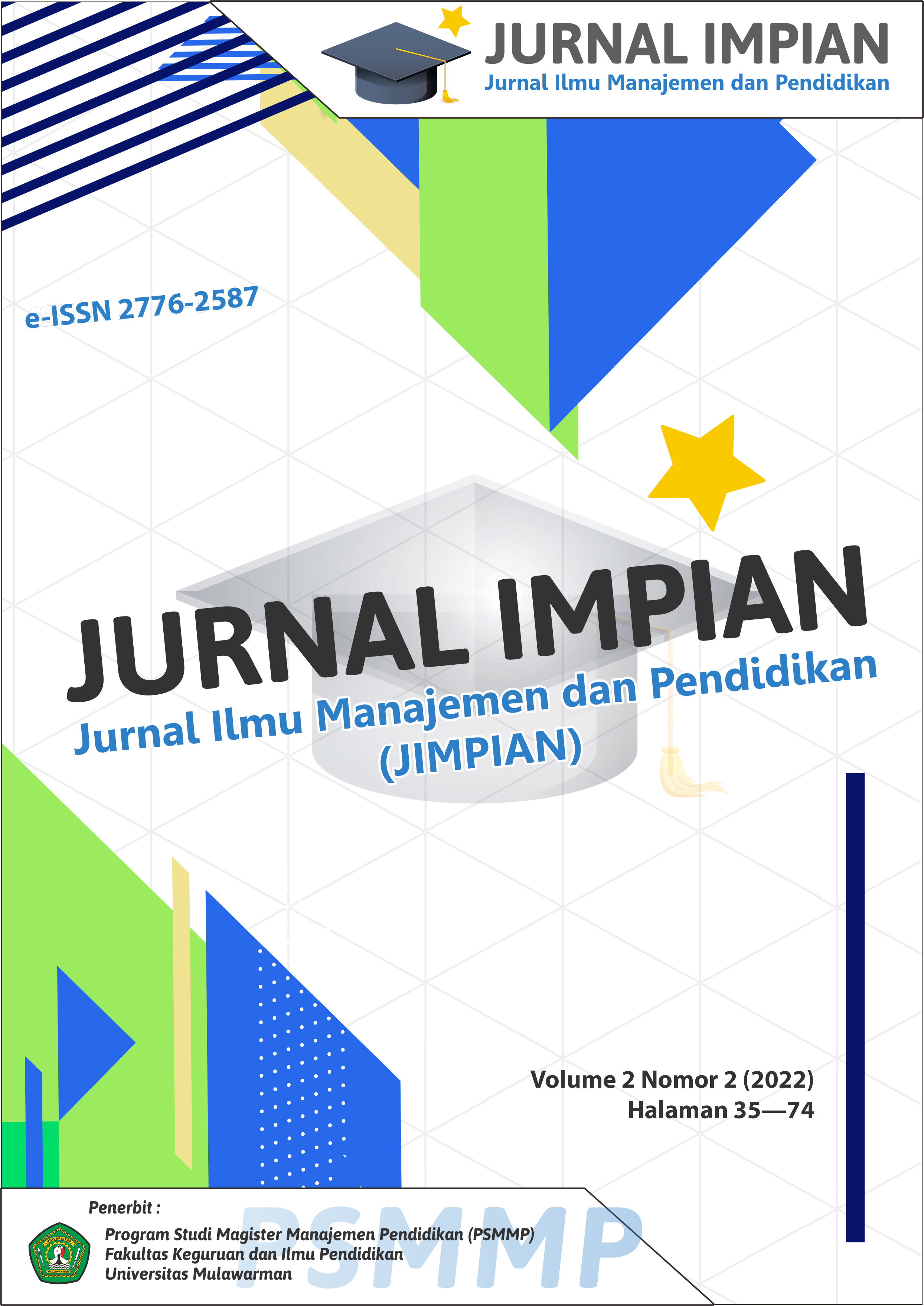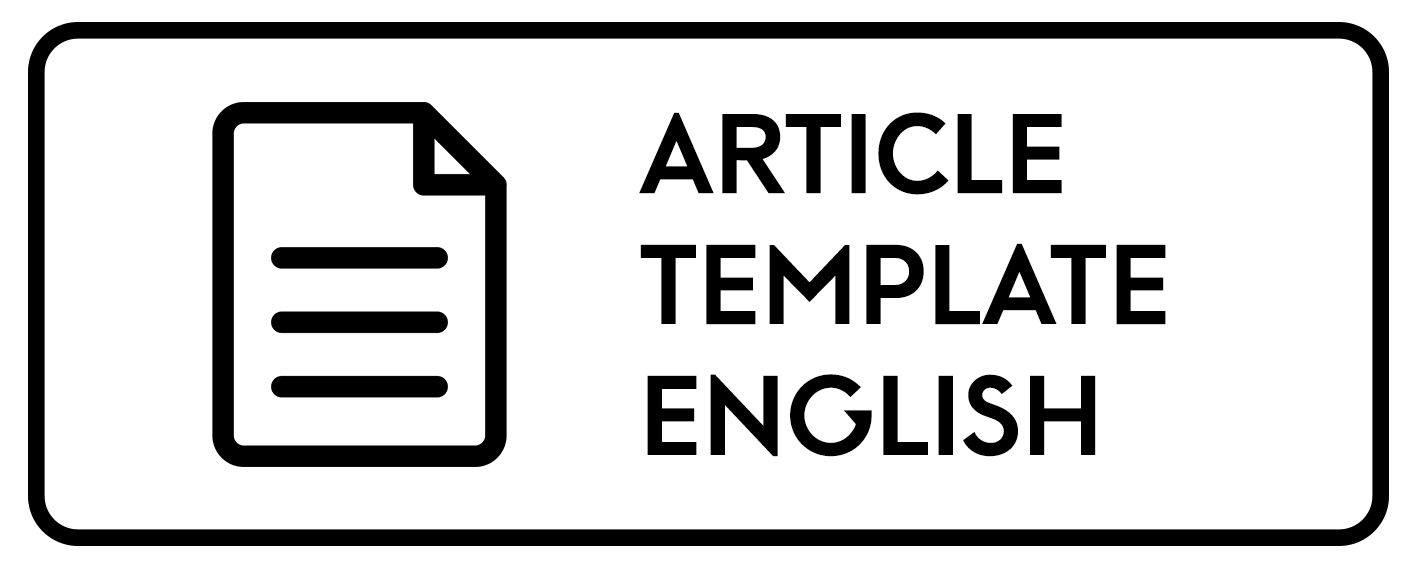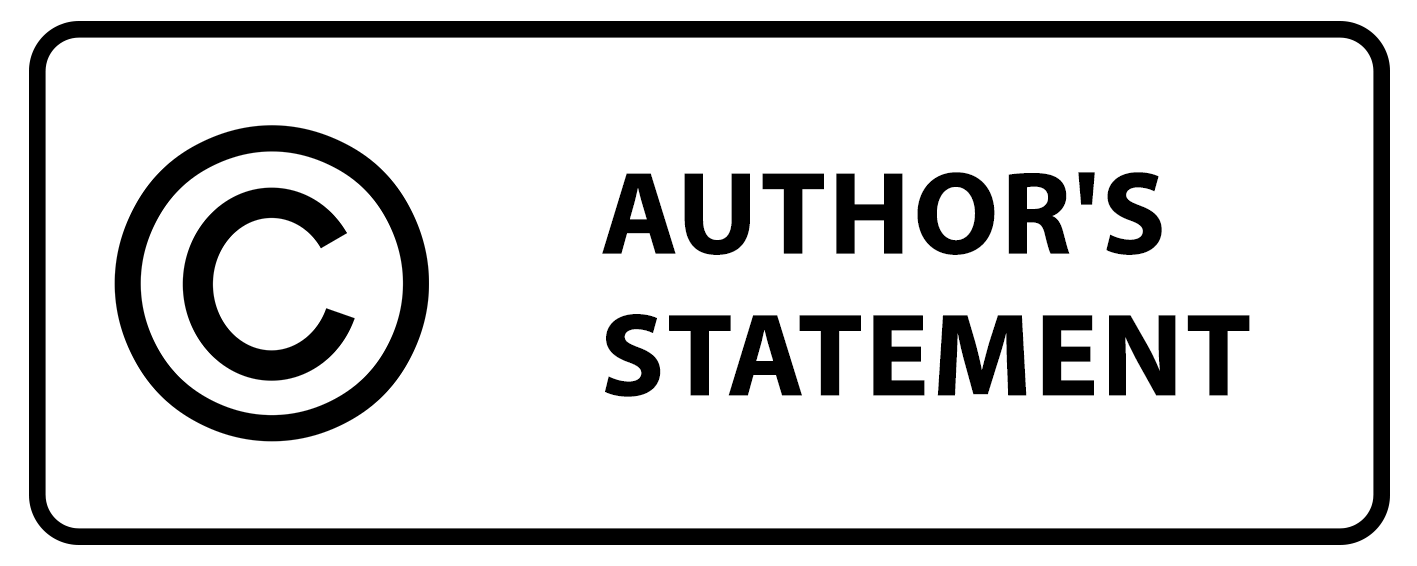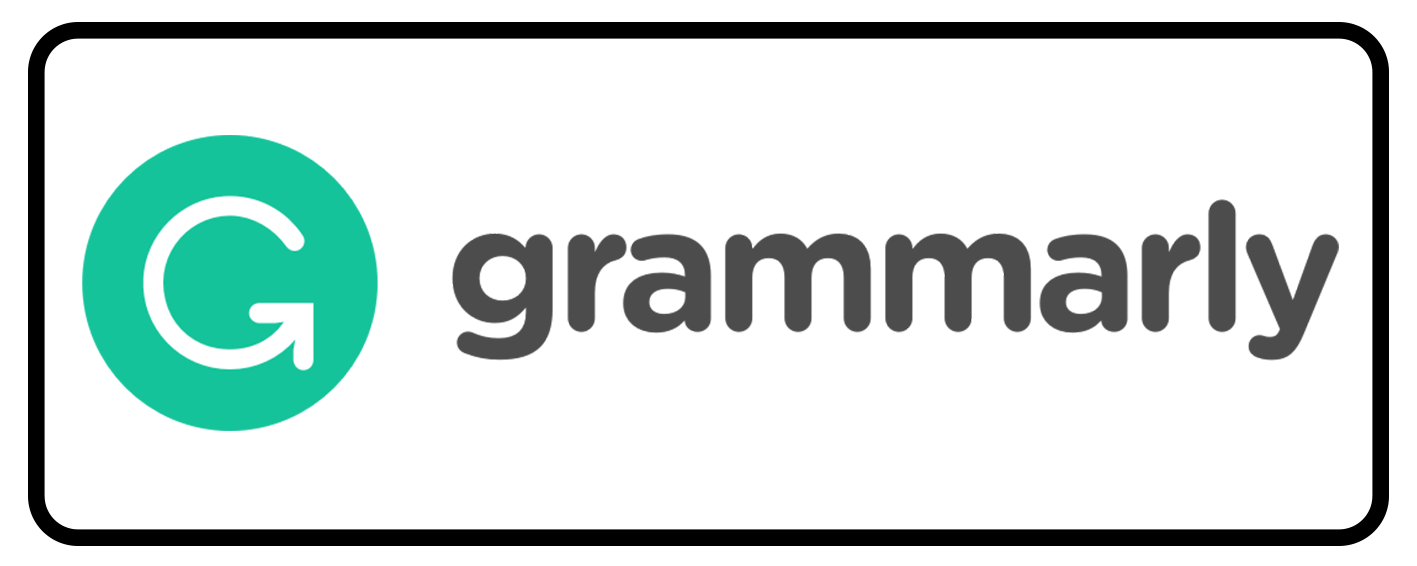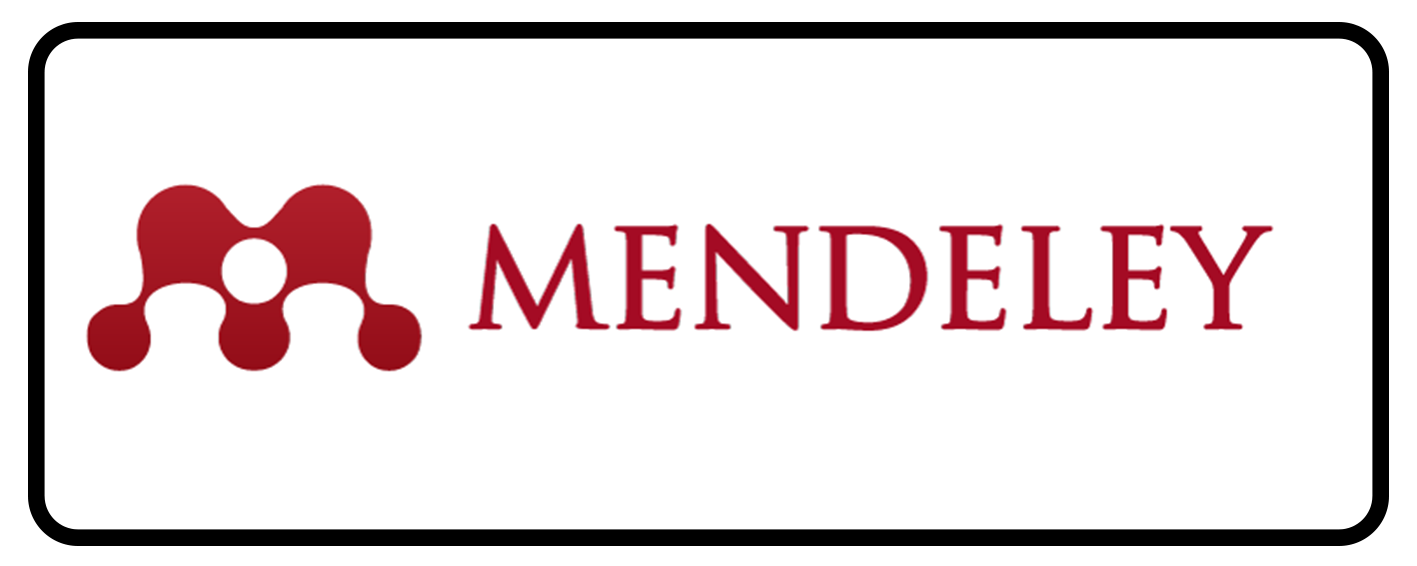Implementasi Analisis SWOT pada Manajemen Strategis dalam Perencanaan Peningkatan Kompetensi Siswa pada SMK Negeri 3 Balikpapan
DOI:
https://doi.org/10.30872/jimpian.v2i2.2335Keywords:
analisis SWOT, manajemen strategis, kompetensi siswaAbstract
Dalam peningkatan kompetensi siswa dibutuhkan suatu analisis yang tepat. Salah satu analisis tersebut adalah dengan menggunakan SWOT. Dari analisis tersebut diambil suatu kebijakan strategis yang dikenal dengan strategi manajemen. Tujuan artikel ini adalah untuk mengetahui bagaimana implementasi analisis SWOT pada manajemen strategis dalam upaya peningkatan Kompetensi Siswa di SMK Negeri 3 Balikpapan. Juga untuk mengetahui faktor-faktor dari pendukung dan penghambat dari implementasi SWOT terhadap kompetensi siswa. Hasil pengamatan yang dilaksanakan pada bulan Februari 2023 di SMK Negeri 3 Balikpapan ini, bahwa implementasi analisis SWOT di SMK Negeri 3 Balikpapan dilaksanakan dengan menggunakan analisis SWOT (Strenghts, Weaknesses, Opportunities, Threats), yang hasilnya sebagai berikut. Strengths yang dimiliki dari sekolah ini adalah kependidikan yang 100% telah S1 berbagai bidang vokasi dan sebagian telah S2, dengan telah memperoleh sertifikasi pendidik. Weaknesses yang ditemukan adalah kurangnya menumbuhkan jiwa wirausaha di semua kalangan tenaga pendidik. Opportunities sekolah ini adalah memiliki kemitraan yang cukup banyak, seperti lembaga sertifikasi profesi (LSP-P1) dan Tefa (teaching factory). Threats yang harus dihadapi, yakni menyatukan visi tenaga kependidikan, persaingan lembaga pendidikan eksternal, kurangnya tenaga kependidikan terutama guru produktif di salah kompetensi keahlian.
Downloads
Downloads
Published
How to Cite
Issue
Section
License
|
|
Every work in Jurnal Ilmu Manajemen dan Pendidikan is licensed under a Creative Commons Attribution-ShareAlike 4.0 International License.
Under the following terms:
- Attribution — You must give appropriate credit , provide a link to the license, and indicate if changes were made . You may do so in any reasonable manner, but not in any way that suggests the licensor endorses you or your use.
- ShareAlike — If you remix, transform, or build upon the material, you must distribute your contributions under the same license as the original.
- No additional restrictions — You may not apply legal terms or technological measures that legally restrict others from doing anything the license permits.
Authors who publish with this journal agree to the following terms:
- Authors retain copyright and grant the journal right of first publication with the work simultaneously licensed under a CC BY-SA 4.0 DEED Attribution-ShareAlike 4.0 International that allows others to share the work with an acknowledgment of the work's authorship and initial publication in this journal.
- Authors are able to enter into separate, additional contractual arrangements for the non-exclusive distribution of the journal's published version of the work (e.g., post it to an institutional repository or publish it in a book), with an acknowledgment of its initial publication in this journal.
- Authors are permitted and encouraged to post their work online (e.g., in institutional repositories or on their website) prior to and during the submission process, as it can lead to productive exchanges, as well as earlier and greater citation of published work.

